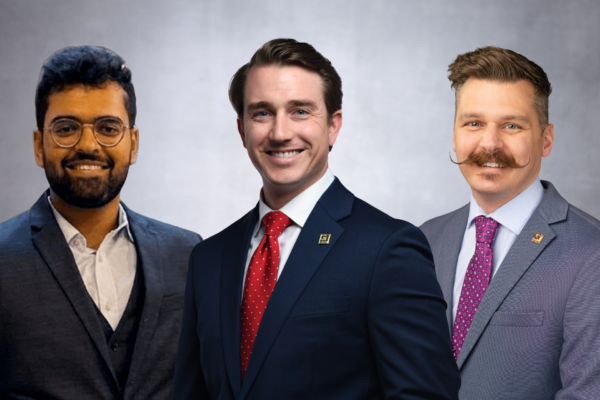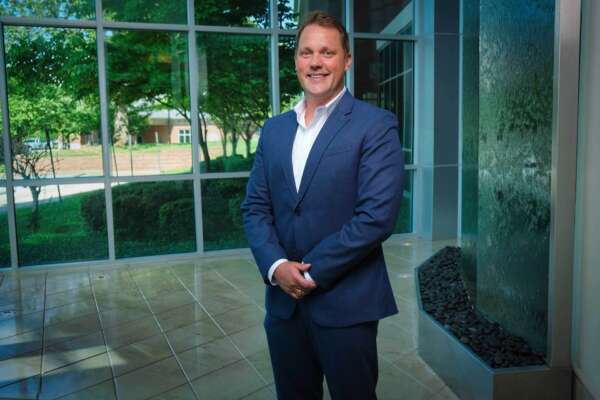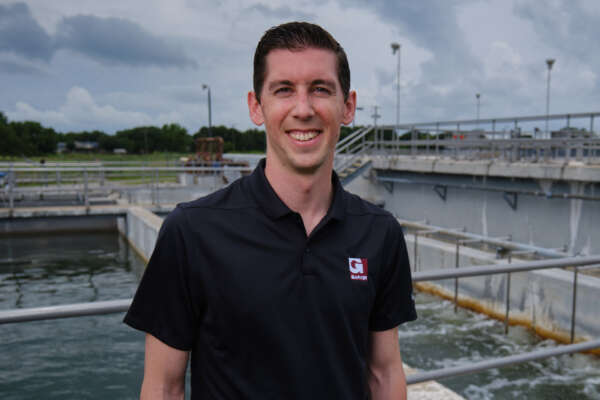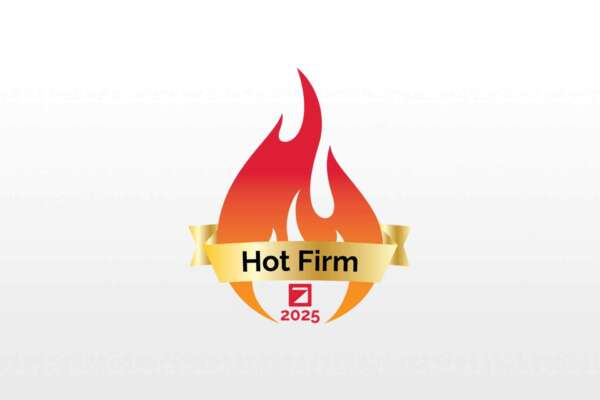Longtime partners Garver and the City of Norman seek additional funding for Oklahoma's first indirect potable reuse pilot
The City began a pilot test to supplement the City’s existing surface water and groundwater supply and determine the best methods for PFAS and CECs removal.
Project Highlights
- Garver partnered with Norman Utilities Authority on Oklahoma's first indirect potable reuse pilot.
- Garver evaluated advanced technologies such as aerobic granular sludge (AGS), ozone and biologically active filtration (ozone+BAF), and UV-based advanced oxidation processes (AOP) as potential treatment methods.
The City of Norman, Oklahoma (the City) is the third most populated city in the state and has grown by 33% since 2000. It’s also home to the University of Oklahoma. So, it wasn’t a surprise to the City and the Norman Utilities Authority (NUA) that their water and wastewater systems needed improvements to keep up with growing water demands.
Over the years, Garver has worked with the City and NUA to support improvement projects across various infrastructure systems, including roads, bridges, trails, and water/wastewater systems. Over the course of those projects, Garver became a consultant the City could trust and rely on. In particular, Garver led an ambitious $52 million overhaul of their water reclamation facility (WRF), expanding it to a capacity of 17 MGD.
This project represented the largest capital improvement project in the City’s history, and it was also the largest Oklahoma Clean Water State Revolving Fund loan at the time of award. This project cemented Garver as Norman’s most trusted advisor and a long-term partner.
“Working with a client like Norman, a city where many of Garver’s employees live and work, it’s something we take very seriously and personally."
Cole Niblett, PE
Oklahoma Water Team Leader
“Working with a client like Norman, a city where many of Garver’s employees live and work, it’s something we take very seriously and personally. The improvements we support directly impact the lives of our employees and their families,” said Garver Oklahoma Business Team Leader Cole Niblett, PE. Cole has spent a large portion of his career working closely with the City and NUA, building a strong partnership with their staff, and he stays consistently and regularly involved with many of the City’s utility projects.
So, starting in the early 2000s and through the completion of several studies, the City identified their surface water supply could be significantly impacted by drought conditions and may not be adequate to supply future demands. Further, their groundwater supplies have also been impacted by various challenges and increasing costs to keep those wells online. As a result, indirect potable reuse (IPR) was identified as a preferred solution for the City’s long-term water portfolio.
The first indirect potable reuse pilot in Oklahoma testing emerging technologies
NUA decided that IPR could potentially be an alternative to their water supply challenges. IPR is when recycled water is used to replenish drinking water supplies using an environmental buffer between the advanced wastewater treatment and the water supply. The water discharged to the water supply would then be further treated through the City’s standard water treatment process.
They teamed with Garver to continue the successful work they had completed, setting the City on a path forward. Garver began looking at advanced treatment processes that could assist the City in meeting its future water supply needs. The recommended piloting utilized enhanced biological nutrient removal processes, including cutting-edge process-intensification technologies like aerobic granular sludge as potential treatment regimes.
Determining if pilot tested methods were effective in removing PFAS
The pilot test was focused on demonstrating the efficacy of the proposed treatment train, treating for both traditional and non-regulated parameters, and addressing contaminants of emerging concern (CECs). Garver conducted sampling for CECs in Norman’s wastewater system during the reuse pilot.
Some of the CECs that were found during Garver’s evaluation included per- and polyfluoroalkyl substances (PFAS) in the WRF’s liquid treatment processes, as well as several pharmaceuticals and personal care products (PPCPs, including ibuprofen, acetaminophen, and DEET). Over the course of the pilot, Garver and the City collected samples that showed promise for consistent removal of soon-to-be regulated PFOA and PFOS from the process stream in the tested treatment regimes.
Finding funding sources to continue the reuse pilot
During the pilot, Garver and Norman wanted to send additional samples to labs for further PFAS testing. However, the City needed additional funds to accomplish this part of the pilot program. “The City asked us if we could find funding opportunities to supplement their budget so in the future we can further test and evaluate PFAS treatment of these biological processes. So, we’re working with the City to hopefully gain funding through the Clean Water State Revolving Fund (CWSRF) – $750,000 that would be 100% grant funded, meaning the City wouldn’t have to pay anything back,” said Garver Oklahoma Water Resources Team Leader Bryce Callies, PE. With this funding, Garver will be able to conduct additional testing to test for other CECs and other treatment trains that haven’t been evaluated yet.
Additional pilot testing to determine impacts from land applications
Recently, Garver received an executed contract for Norman’s Water Reclamation Facility for a biosolids PFAS and CEC study. This pilot is focused on evaluating three commonly used biosolids treatments: co-composting with yard waste, standalone Class A biosolids treatment, and the current Class B biosolids land application.
As part of this study, Garver will be measuring the release of CECs to the environment in a controlled pilot site. This study will help determine conceptual mass balances and better quantify how CECs and PFAS could move through these biosolids handling processes and the environment using these different methodologies.
The goal is to establish best practices and baseline environmental protections that can be implemented at a cheaper cost than many of the PFAS “destroying” solutions on the market today and help identify the most feasible alternatives for long-term biosolids handling at the Norman WRF.









Share this article